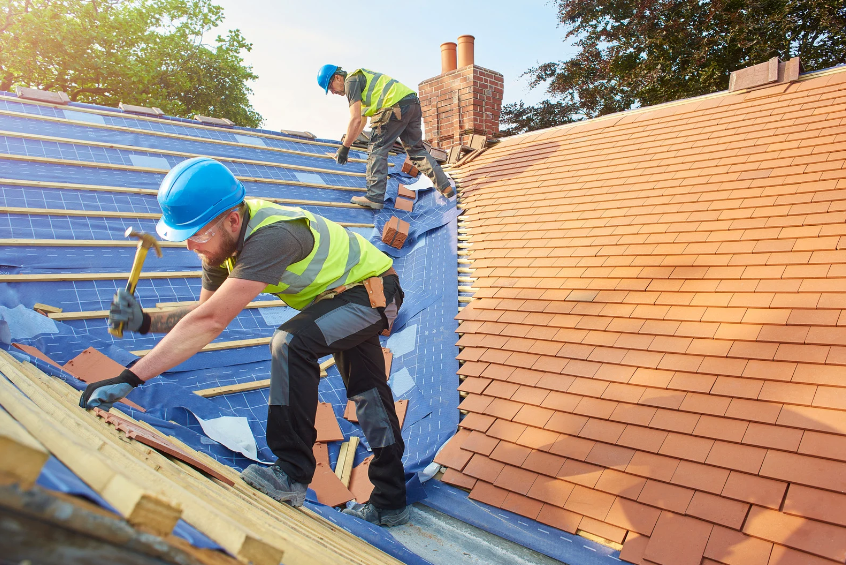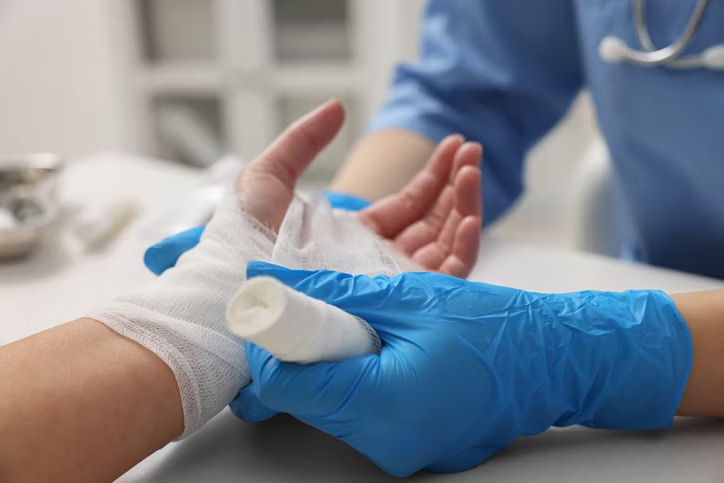Roof repair is an essential aspect of maintaining the integrity of any building. Over time, roofs can succumb to various issues, including leaks, cracks, and weather damage. Among the innovative solutions emerging in the roofing industry, membrane technology stands out as a modern approach to roof repair. This technology not only enhances the durability of roofs but also offers a range of benefits that make it a preferred choice for many property owners. Understanding membrane technology and its applications can help you make informed decisions about your roof repair needs.
Understanding Membrane Technology
Membrane technology in roofing refers to the use of thin, flexible layers that are applied over the roof surface to create a waterproof barrier. These membranes are typically made from synthetic materials, providing a reliable solution for roof repair. Various types of membranes are available, including thermoplastic polyolefin (TPO), polyvinyl chloride (PVC), and ethylene propylene diene monomer (EPDM). Each type has unique properties that cater to different roofing requirements, ensuring effective roof repair solutions tailored to the specific needs of a building.
Benefits of Membrane Technology for Roof Repairs
Durability and Longevity
One of the primary benefits of using membrane technology for roof repair is its durability. Membrane roofing systems are designed to withstand harsh environmental conditions, extending the lifespan of the roof significantly. With proper installation and maintenance, these systems can last up to 20 years or more, making them a cost-effective solution for long-term roof repair.
Weather Resistance
Membrane roofs excel in weather resistance, providing a strong defense against rain, snow, and UV radiation. This resistance is crucial for preventing leaks and water damage, which are common concerns in roof repair. The waterproof nature of these membranes ensures that your building remains protected, reducing the frequency of repairs needed due to weather-related issues.
Energy Efficiency
Energy efficiency is another key advantage of membrane technology in roof repair. Many membrane roofing systems are designed to reflect sunlight, reducing heat absorption. This reflective property can lower energy costs by minimising the need for air conditioning during hot months. By investing in membrane technology for your roof repair, you contribute not only to the longevity of your roof but also to energy savings.
Cost-Effectiveness
While the initial investment in membrane roofing systems may be higher than traditional materials, their long-term cost-effectiveness is undeniable. Fewer repairs, lower energy bills, and extended lifespan result in significant savings over time. By choosing membrane technology for roof repair, property owners can achieve better value and performance.
Common Applications of Membrane Technology
Commercial Buildings
Membrane technology is particularly suited for commercial buildings, where flat or low-slope roofs are common. These roofs often require robust solutions for effective roof repair, and membrane systems provide an ideal choice due to their seamless application and durability.
Residential Homes
Homeowners are increasingly turning to membrane technology for roof repair, appreciating its versatility and performance. With a variety of membrane options available, residential properties can benefit from enhanced waterproofing and energy efficiency, ensuring the home remains comfortable and protected.
Green Roofing Solutions
Membrane technology also integrates well with sustainable practices, such as green roofing. By supporting vegetation on the roof, membrane systems can contribute to better insulation and reduced urban heat, while also enhancing the aesthetic appeal of the building. This eco-friendly approach to roof repair promotes sustainability and environmental responsibility.
Installation Process of Membrane Roofing
The installation process of membrane roofing is critical for ensuring optimal performance and longevity. Proper preparation of the existing roof surface is essential, followed by careful application of the membrane material. Professionals typically handle the installation, as expertise is necessary to avoid common pitfalls. By opting for membrane technology in your roof repair, you ensure that the job is done correctly, minimising future issues and repair needs.
Maintenance Tips for Membrane Roofs
Regular maintenance is vital for maximising the lifespan of membrane roofing systems. Routine inspections help identify potential problems early, allowing for timely roof repair before minor issues escalate. Property owners should look for signs of wear, such as blistering or cracking, and address these promptly. Maintaining the roof not only prolongs its life but also protects the building’s interior from water damage.
Case Studies of Successful Membrane Roof Installations
Numerous case studies highlight the effectiveness of membrane technology in roof repair. For instance, a commercial warehouse faced frequent leaks and repair costs due to its ageing traditional roof. After transitioning to a membrane roofing system, the building owners reported a significant decrease in maintenance issues and improved energy efficiency. Such success stories illustrate the transformative potential of membrane technology in the realm of roof repair.
Takeaway
Mroof repairembrane technology offers a range of innovative solutions for effective roof repair. Its durability, weather resistance, energy efficiency, and cost-effectiveness make it an attractive option for both commercial and residential properties. By understanding the benefits and applications of membrane technology, property owners can make informed choices that enhance the longevity and performance of their roofs.






